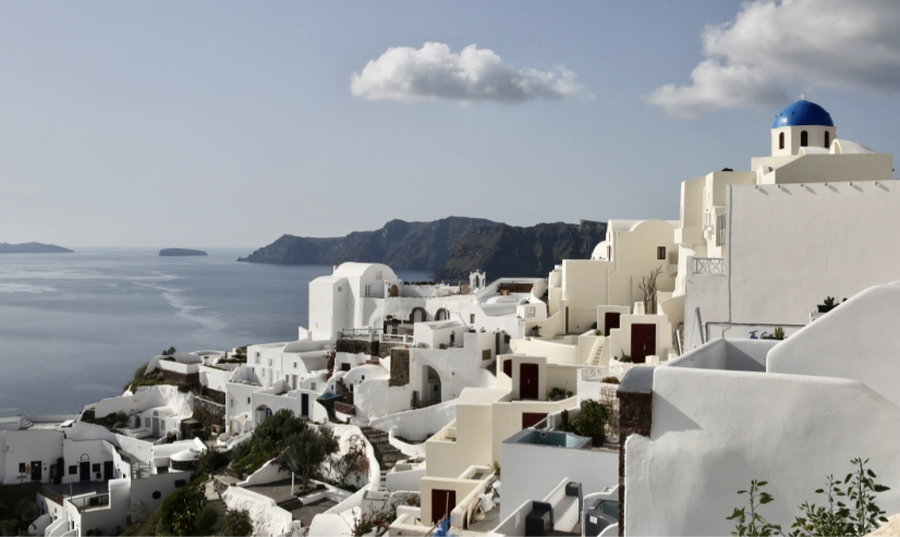
After more than a thousand earthquakes, the strongest on Wednesday evening with a magnitude of 5.2, since the beginning of the seismic wave on January 27, Greek authorities have declared a state of emergency on the island of Santorini.
The Greek Ministry of Civil Protection made this decision to "address the emergency needs and manage the consequences of the seismic activity affecting the Cyclades archipelago."
Although in the bay opposite Santorini lies the Nea Kameni volcano and 8 kilometers to the northeast the underwater volcano Kolumbo, the current seismic crisis appears to be unrelated to them.
Meanwhile, Greek media are reporting that the state of emergency will remain in effect until March 1.
The ongoing tremors are increasing the risk of rockfalls, and residents are advised to stay away from vulnerable areas. This type of risk, according to the president of the Hellenic Association for Disaster Prevention, Efthymios Lekkas, is greatest in the old port of Fira, the port of Athinios, the road network of Ormos, the areas of Ammoudi and Armeni in Oia, the settlement of Korfos and the area of Monopati in Thirasia.
"Reinforcements from the fire brigade, police, coast guard, armed forces and emergency medical services have already been sent to Santorini and surrounding islands with additional personnel and specialized equipment," Greek government spokesman Pavlos Marinakis said.
Thousands of tourists and seasonal workers have already left Santorini by plane and ferry.
Meanwhile, Greek Prime Minister Kyriakos Mitsotakis and Civil Protection Minister Vasilis Kikilias reiterated the call for calm, explaining together with scientists the complexity of the geological phenomenon.
According to the National Institute of Geophysics and Volcanology, the affected area is among the most seismically active in the Hellenic volcanic arc. "The evolution of the current seismic swarm is uncertain," a note from the INGV said. (A2 Televizion)











